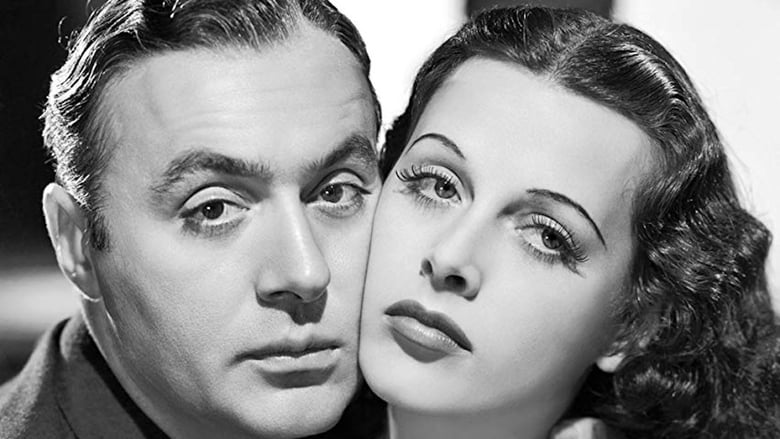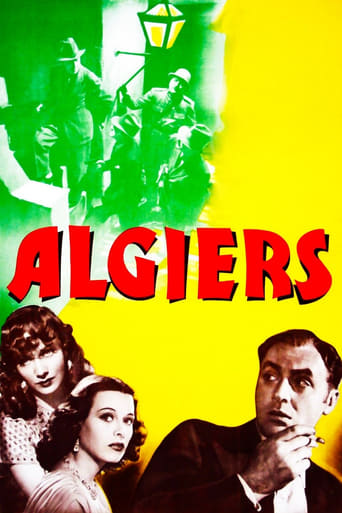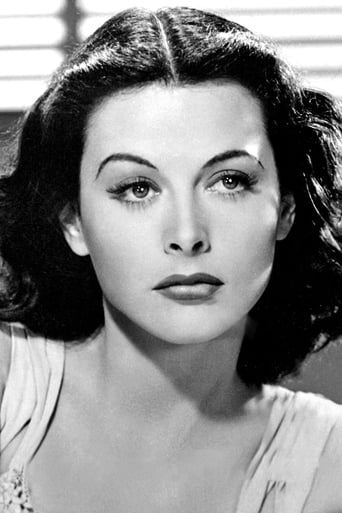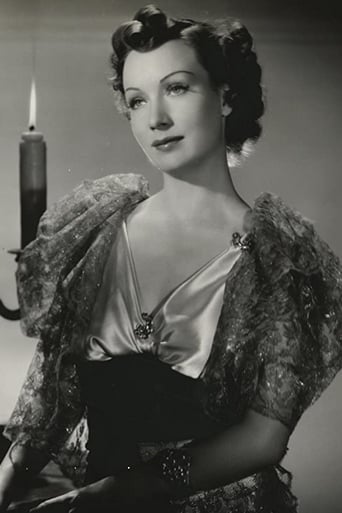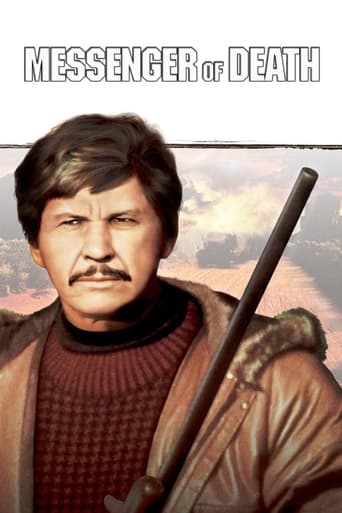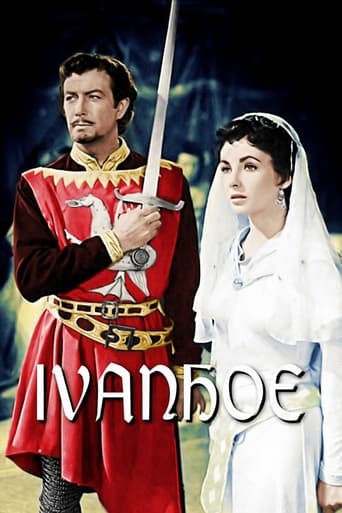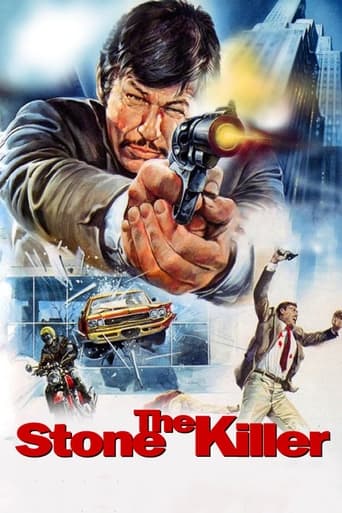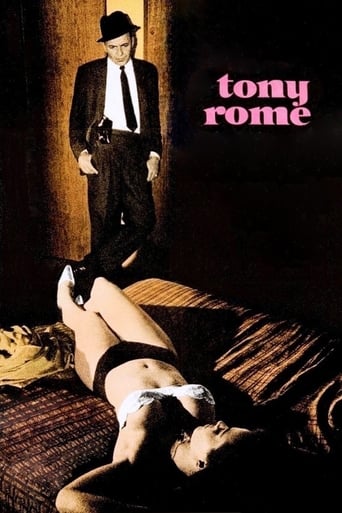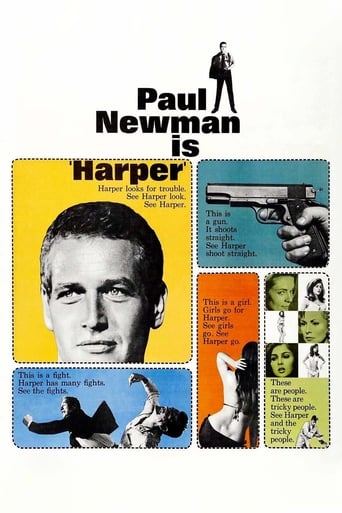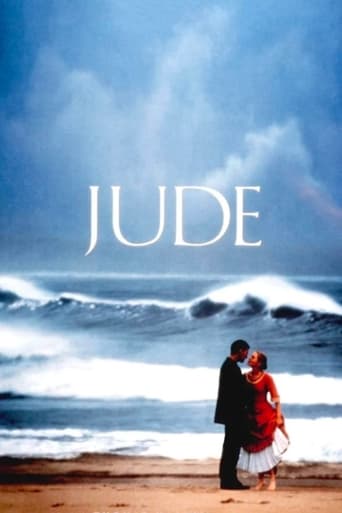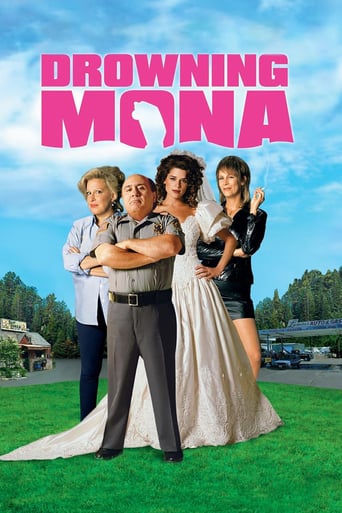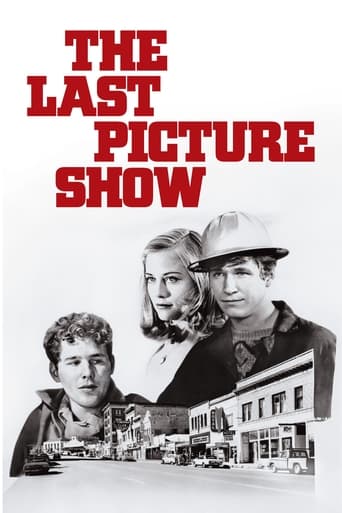Algiers (1938)
Pepe Le Moko is a notorious thief, who escaped from France. Since his escape, Moko has become a resident and leader of the immense Casbah of Algiers. French officials arrive insisting on Pepe's capture are met with unfazed local detectives, led by Inspector Slimane, who are biding their time. Meanwhile, Pepe meets the beautiful Gaby, which arouses the jealousy of Ines.
Watch Trailer
Free Trial Channels
Cast


Similar titles
Reviews
Am I Missing Something?
Excellent and certainly provocative... If nothing else, the film is a real conversation starter.
Blistering performances.
A terrific literary drama and character piece that shows how the process of creating art can be seen differently by those doing it and those looking at it from the outside.
Producer: Walter Wanger. Copyright 8 August 1938 by Walter Wanger Productions, Inc. Released through United Artists. New York opening at the Radio City Music Hall: 14 July 1938 (ran three weeks). U.S. release: 5 August 1938. Australian release: October-December 1938. 10 reels. 96 minutes.SYNOPSIS: A leading French criminal, Pepe le Moko, is holed up in the Casbah, a slum section of Algiers where the police are unable to lay hands on him. A shrewd native police inspector forges a plan to force Pepe to venture into the streets.NOTES: Charles Boyer was nominated for The Academy of Motion Picture Arts and Sciences' Annual award for Best Actor, losing to Spencer Tracy in Boys Town. The picture also received nominations for Supporting Actor, Gene Lockhart (losing to Walter Brennan in Kentucky); Cinematographer, James Wong Howe; and Art Director, Alexander Toluboff. Only Toluboff was nominated, not his associate, Wade Rubottom, nor even Jacques Krauss whose designs Toluboff and Rubottom scrupulously followed. An outstanding success at box-offices worldwide, the film made an international star of Hedy Lamarr, here making her first English-language film. Hedy was borrowed from Metro-Goldwyn-Mayer at the insistence of Charles Boyer (who himself was forever identified with his role in this picture). Although Algiers did not make Frank S. Nugent's "Ten Best Films of 1938" for The New York Times, the movie does figure prominently in his supplementary list.COMMENT: Virtually a 90% shot-for-shot remake of the Duvivier "Pepe le Moko", even down to the casting of the support players and their costumes. True, Boyer does create an individual portrait, much softer and more romantic than Jean Gabin's. He is helped by changes in the script which make Le Moko far less vicious and by a slightly different ending which preserves his romantic image. Otherwise, this is simply Pepe le Moko re-visited, with slight changes of emphasis and camera angles here and there, some for the better, some neutral, but fortunately none for the worse. Fortunately, the acting is easier to compare. Leonid Kinsky (of all people) comes over with particular effectiveness in this version and-thanks to some clever bits of business of his own invention-easily outshines an extremely skillful Marcel Dalio. All the other players, however, including Miss Gurie and Miss Lamarr, are either equaled or outclassed by their French equivalents. Gene Lockhart's portrayal is scrupulously modeled on Charpin's even down to his facial expressions, while Joseph Calleia gamely attempts to imitate Lucas Gridoux right down to the way he twirls his swagger stick. Nonetheless, if you're imitating someone or something that's really first class, you can't do much better than that!
'Casbah, a melting pot for all the sins of the world'. This definition of one of Algiers' quarters, given in the movie, could apply to Antioch, Alexandria or Constantinople at the height of their power, the great antique and medieval capitals of the corruption, Molochs of the criminality and excesses.I liked ALGIERS, this short treatise of underworld violence and vices, this endearing and feverish lowbrow exotic fantasy, I have found it to be appealing and exciting and, on its level, well—made.As a treatise of fancy sociology thought of in the most trite clichés, ALGIERS, a fruit of the mellow '30s (made in '38), glamorizes amply, in a heightened tone and unsubtle, unpretentious style of film-making, an exotic place, in a manner common in the era's flicks, exalting or exhaling vast projections of what the Tyr, Sidon, Sodom, Jerusalem, Antioch and Alexandria were thought/ supposed to have been in the legendary past, metropolis of pleasure, vice and corruption, the rule of the violence and base passions—part of those blessed ('38—well, on the brink of the war ) times' dream of adventure, here in the popular, lowbrow version; with ALGIERS we take a step into Casbah, the labyrinthine quarter where Pépé rules. ALGIERS is appealing kitsch, it doesn't address the heart, but the taste for an exciting show; labeled as the American remake of a French movie, it boasts a very chic French leading man, the famous and understandably respected Boyer (still _watchable, as a soft—spoken oldster, in a '60s melodrama like BAREFOOT IN THE PARK), here as a tough guy—Pépé, a mastermind of the underworld.As Pépé, Boyer replaces Gabin; but he reminds of Bogart.ALGIERS is a work of popular glamorization and almanac wisdom; Casbah is glamorized, Pépé is glamorized. There are things to be admired in this flick. It has gusto and energy. I liked the movie's score. The cinematography might surprise by its quality and atmosphere.One thing in this movie is subtle, though—Boyer's persona, Boyer does a venomous, a bit charming and insidious Pépé; he looks like the upgraded, boosted and cleaner version of Bogart. Or was it Bogart who looked like a lousy, dirty Boyer?
After reading several of the comments on this one my immediate reaction was they've got to be kidding; to give them a break it appears that most of them hadn't seen the great Duvivier movie Pepe Le Moko which was released the previous year. We tend to think of Hollywood retreads of French Classics as something comparatively new but they were at it seventy years ago and they've yet to equal let alone eclipse even one French original. Adding insult to injury the credits nowhere mention that this in fact is virtually a scene-for- scene, shot-for-shot remake with the odd minor change here and there - like the ending and omit all mention of the great Henri Jeanson who supplied the dialogue for the original classic. The only thing that Charles Boyer and Jean Gabin had in common was that both were French; Gabin was, at times, a cross between Bogie and Cagney whilst Boyer is a cross between a second-rate baritone and Narcissus. Okay, it's well shot and some of the support is out of the right bottle but all of that applies to the original plus, of course, the definitive Pepe in Gabin. Like the man said, if it ain't broke ...
Cromwell's ALGIERS is basically a shot-by-shot English language remake of the French film PEPE LE MOKO (1937). This is not to say it is an unworthy remake- quite the contrary. With the smoldering Charles Boyer (nominated for Best Actor) as the French-born criminal hiding out in the depths of the Casbah, and the stunningly beautiful Hedy Lamarr as the engaged French tourist who he falls for, ALGIERS is extremely worthwhile viewing. Cromwell's capable and creative direction, impressive production and set detailing and the smoky black-and-white atmosphere photographed by stalwart James Wong Howe all make ALGIERS a fine film. It obviously influenced Curtiz's much-lauded CASABLANCA with it's depiction of the crowded, bustling exotic Casbah.The film hangs on the premise of career criminal Boyer allowing himself to fall for a woman, placing him in danger as he dares to venture out of the confining, yet safe, Casbah in a moment of passionate madness. Lamarr, in supreme close-up represents everything that the homesick Boyer longs for. His initial interest in her is for her jewelery, yet in a series of stunning, stunning shots he instead focuses on Hedy's tantalizing mouth instead of the sparkling jewels dripping off her wrists. Cromwell films the romance in forbidden snatches, with Boyer and Lamarr heating up the screen in their roles. In the film's most erotic moments Boyer, endlessly reminded of his longed-for homeland by Lamarr, likens the sound of her heartbeat to a subway train and the smell of her dark hair to the underground.Boyer becomes an intensely tragic figure as the film progresses, with his final scene (the film's finest) extremely memorable and oft-imitated. Boyer, lured out of "ze Casbah" by his passion, finds a sad, departing (endlessly beautiful) Lamarr staring out at the Moroccan shoreline from her ship. Boyer, handcuffed, screams out her name, running towards her, rattling on the gates that bar him. He is shot and killed, yet in the end is "free". Wonderfully presented.

